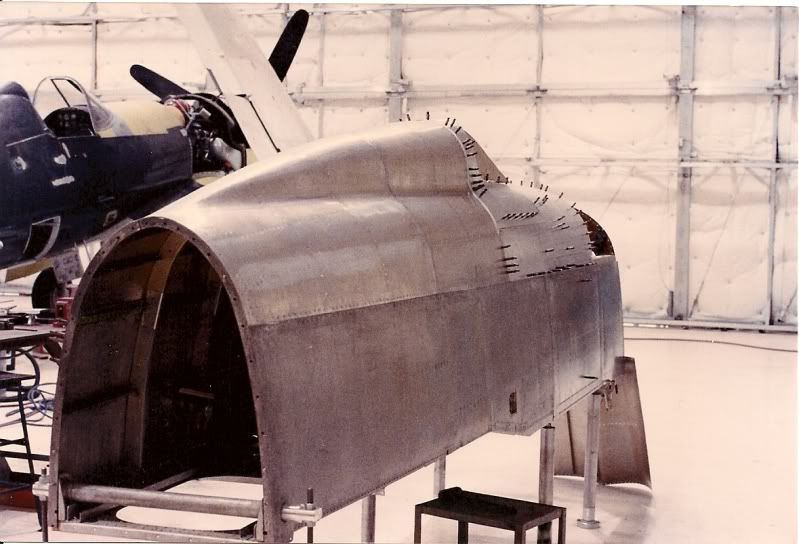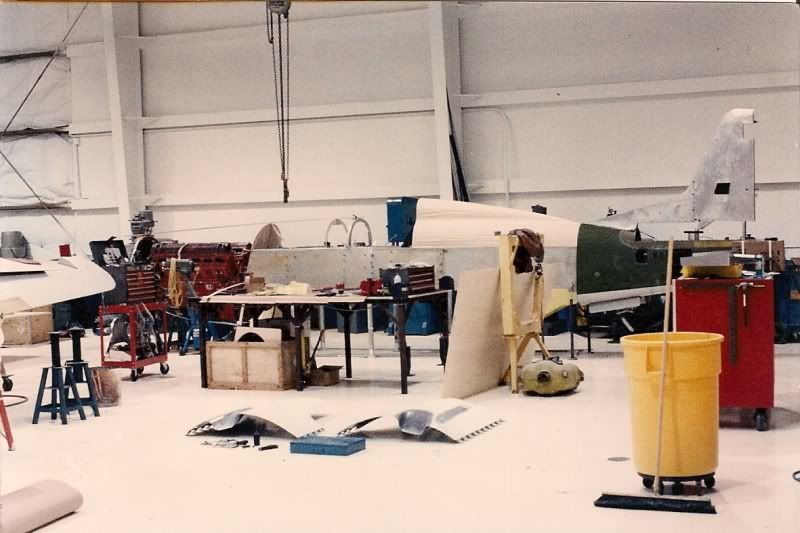WacoFan
Bigly
I want them to outlaw the use of modified WW2 machines. I want to go back to self-designed and engineered machines like in the 20's and 30's. I've stated before - my Aviation Wet Dream would be to have a homebuilt, non-warbird (engines are ok - Merlins, or Pratts or Wrights) and go win the unlimited event at Reno.
In 1929 Doug Davis showed up with the Travel Air Mystery Ship. This thing was designed and built quickly, and under-wraps. Showed up in Cleveland and kicked the ever loving out of the military machines and won the Thompson Trophy. That's what I want - to show up in a machine nobody has ever seen and completely kick the out of the (old) military machines. That, to me, is the fun of the air races. Sportsman Class has a little of this - but they are generally based on kits of Lancairs, Glasairs, etc. but it isn't the same. I want a homebuilt, new-design unlimited machine to beat the modified warbirds. That is my highest aviation dream.
That doesn't really do anything for safety though. Anyone who knows about the 1949 Cleveland races (Bill Odom's wreck in Beguine) or the Ramstein air show wreck, or the Sknyliv disaster has to understand that sometimes things happen. You assume a certain amount of risk just being there.
In 1929 Doug Davis showed up with the Travel Air Mystery Ship. This thing was designed and built quickly, and under-wraps. Showed up in Cleveland and kicked the ever loving out of the military machines and won the Thompson Trophy. That's what I want - to show up in a machine nobody has ever seen and completely kick the out of the (old) military machines. That, to me, is the fun of the air races. Sportsman Class has a little of this - but they are generally based on kits of Lancairs, Glasairs, etc. but it isn't the same. I want a homebuilt, new-design unlimited machine to beat the modified warbirds. That is my highest aviation dream.
That doesn't really do anything for safety though. Anyone who knows about the 1949 Cleveland races (Bill Odom's wreck in Beguine) or the Ramstein air show wreck, or the Sknyliv disaster has to understand that sometimes things happen. You assume a certain amount of risk just being there.




